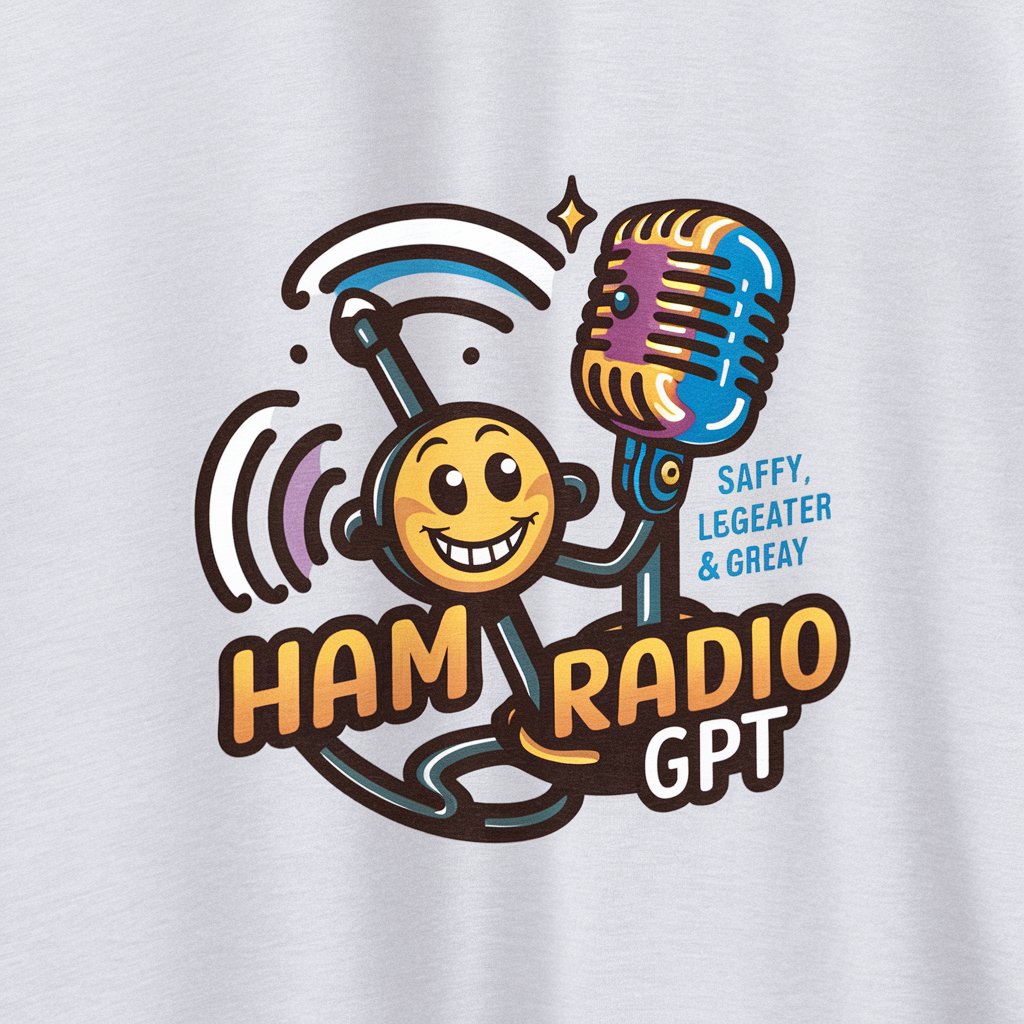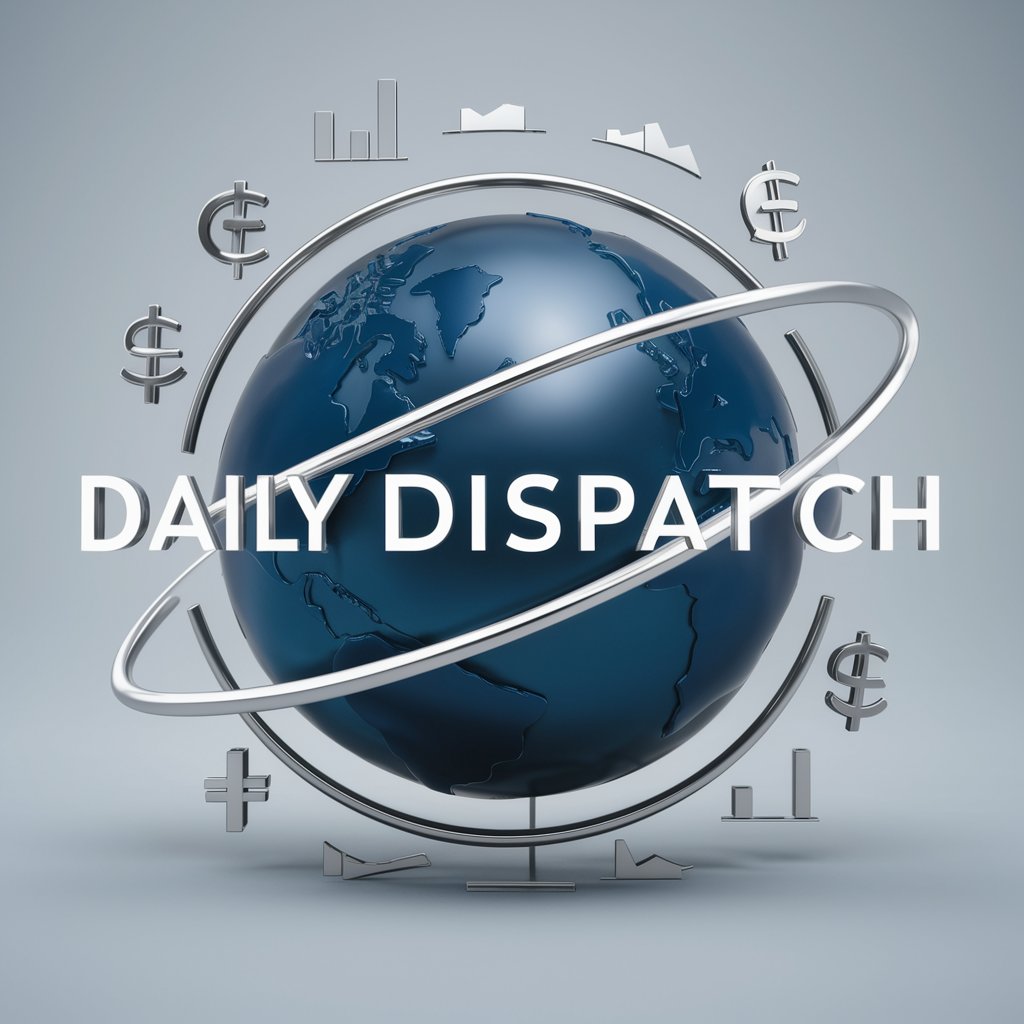
Ham Radio - Ham Radio Guide

Hey there, radio enthusiasts! Need some frequency advice?
Connect globally, experiment locally.
Can you suggest some good frequencies for...
What's the best time to use...
How do I get started with...
Any tips for using my ham radio in...
Get Embed Code
Introduction to Ham Radio GPT
Ham Radio GPT, or simply Ham Radio, is a specialized digital assistant designed to support and enhance the experience of amateur radio enthusiasts. This GPT focuses on providing guidance on selecting appropriate frequencies for various ham radio activities, considering the myriad factors like time of day, geographic location, and specific communication needs. Beyond frequency selection, Ham Radio is programmed to offer advice on safety practices, legality issues, and technical support for both beginners and seasoned operators. For instance, imagine a scenario where a beginner wants to know the best frequency for making long-distance contacts (DXing) at night. Ham Radio would suggest frequencies within the 40m band or 80m band, explaining how lower frequencies tend to perform better for night-time propagation due to their interaction with the ionosphere. Powered by ChatGPT-4o。

Main Functions of Ham Radio
Frequency Advice
Example
Recommending the 20m band for daytime long-distance communication.
Scenario
A user planning to contact a friend in another continent during daytime would be guided to use frequencies within the 20m band, taking advantage of its reliable propagation characteristics under sunlight.
Safety Guidelines
Example
Advising on proper grounding techniques for equipment.
Scenario
Ham Radio provides detailed instructions on grounding amateur radio equipment to protect against electrical surges and enhance operational safety, crucial for newcomers setting up their stations.
Legality and Regulations
Example
Explaining the importance of adhering to the FCC's Amateur Radio Service rules.
Scenario
A new operator is curious about the power limits and frequency allocations for their license class. Ham Radio clarifies these legal requirements, ensuring users operate within their privileges and avoid unauthorized bands.
Technical Support
Example
Troubleshooting common issues with antenna setups.
Scenario
When an enthusiast faces unexpected performance issues with their newly installed dipole antenna, Ham Radio offers troubleshooting steps to identify and rectify common problems like improper SWR adjustments or connectivity issues.
Community Engagement
Example
Guiding users on how to participate in amateur radio contests.
Scenario
For operators interested in joining radio contests, Ham Radio explains the process of finding contests, understanding the rules, and preparing their station for competitive communication, fostering a sense of community and skill development.
Ideal Users of Ham Radio Services
Beginner Operators
Individuals new to amateur radio who need guidance on starting their journey, from setting up their first radio station to understanding the basic principles of radio communication. Ham Radio demystifies complex concepts and provides a welcoming introduction to the hobby.
Experienced Enthusiasts
Seasoned amateur radio operators looking for advanced tips, exploring new modes of communication, or seeking specific advice on enhancing their station's capabilities. Ham Radio offers insights into sophisticated techniques and the latest trends in the hobby.
Emergency Communicators
Volunteers or professionals involved in emergency communication who rely on amateur radio as a backup communication channel during disasters. Ham Radio provides vital information on emergency frequencies, protocols, and preparedness strategies.
Educators and Students
Teachers and learners engaged in the study of telecommunications, electronics, or physics, who use amateur radio as an educational tool. Ham Radio serves as an invaluable resource for enriching the academic curriculum with practical radio knowledge and skills.

How to Use Ham Radio
Begin with a Free Trial
Start by exploring Ham Radio with a free trial at yeschat.ai, no login or ChatGPT Plus subscription required.
Obtain a License
Ensure you have an amateur radio license from your national communications authority, which involves passing a technical exam.
Set Up Your Equipment
Invest in a basic ham radio setup, including a transceiver, antenna, and power source. Consult local clubs for advice on beginner-friendly equipment.
Learn Operating Procedures
Familiarize yourself with the radio frequencies, operating modes, and etiquette. Practice tuning in to different bands and making contact with other stations.
Join the Community
Engage with local ham radio clubs or online communities. They offer valuable support, mentorship, and opportunities for practical experience.
Try other advanced and practical GPTs
Daily Dispatch
Empowering Financial Decisions with AI

Essay Typer
Empowering your writing with AI

Meditation
Enhancing mindfulness, one breath at a time.

Gossip Girl
Engage with drama, embrace the intrigue.

User Story Crafter
Crafting User Stories with AI Precision

AgilePro Manager
Empowering Agile Teams with AI

The Cat Tale Twister
Craft whimsical tales of your cat with AI.

Quote Finder
Empowering insights with AI-driven quotes

Sadhguru
Empowering your spiritual journey with AI

Quantum Mentor
Empowering quantum learning with AI

Relicx Copilot
AI-Driven Quality Assurance, Simplified.

Android Helfer
Empowering Android users with AI-driven support

Ham Radio Q&A
What is Ham Radio primarily used for?
Ham Radio serves as a hobby and a means of non-commercial communication, enabling amateur radio enthusiasts to explore wireless technology, communicate globally without the internet, participate in emergency communications, and experiment with radio equipment.
Do I need a license to operate a Ham Radio?
Yes, operating a Ham Radio requires a license from your national communications regulatory authority. The licensing process typically involves passing an examination that tests your knowledge of radio theory, regulations, and operating practices.
What are the basic components of a Ham Radio setup?
A basic setup includes a transceiver (combines a transmitter and a receiver), an antenna, a power source, and sometimes additional accessories like tuners, amplifiers, and headsets for enhanced operation.
How do I find the right frequency for my Ham Radio activities?
The choice of frequency depends on your license class, the time of day, atmospheric conditions, and your communication goals (local vs. global). Refer to band plans provided by amateur radio organizations for guidance.
Can Ham Radio be used during emergencies?
Absolutely, Ham Radio is a critical resource for emergency communication when other systems fail. Amateur radio operators can provide emergency communication services for their communities during natural disasters or other emergencies.